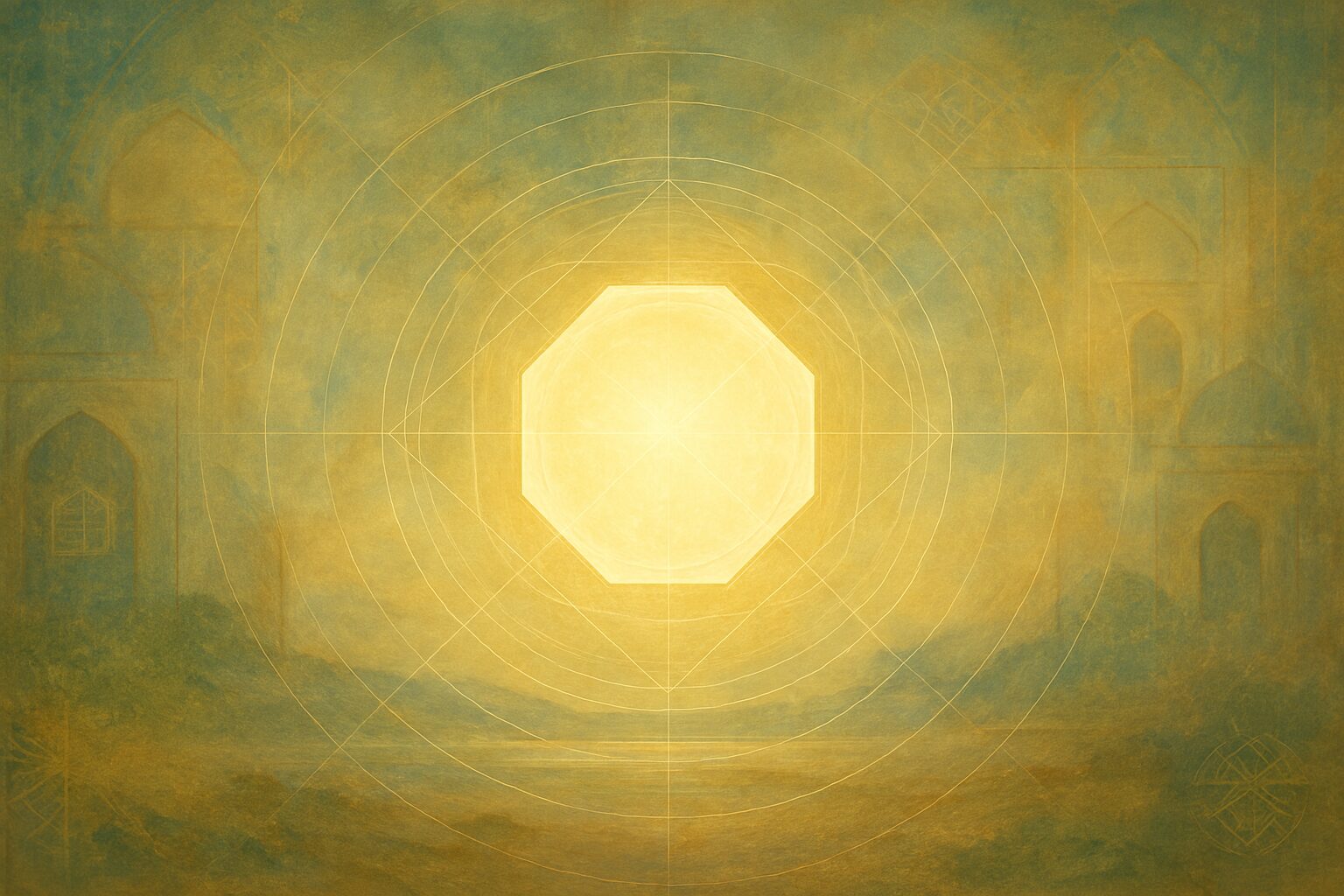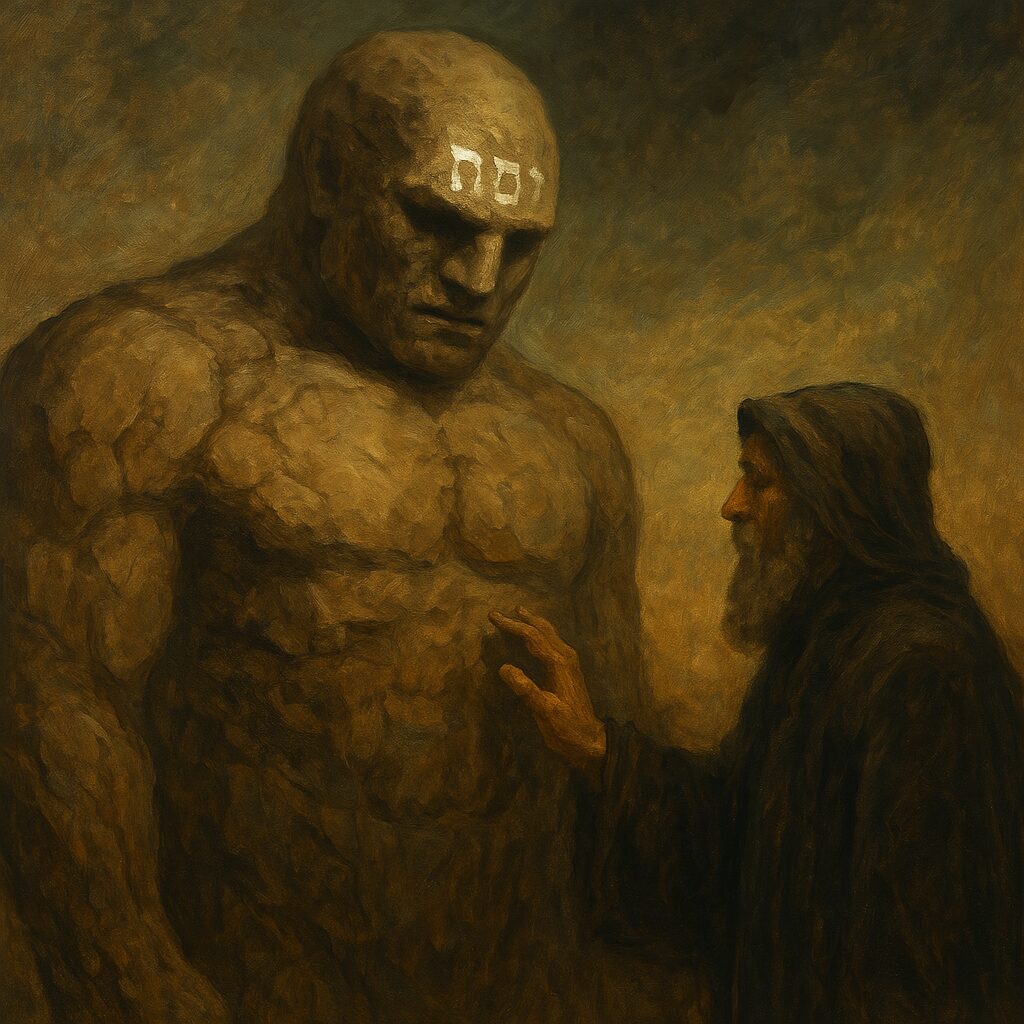By ZionMag Staff | April 19, 2025
“The heretic is not the one who denies truth, but the one who sees too much of it.”
— Codex Occulta, preface
There are words that do not appear in catechisms.
Terms whispered in esoteric halls or encoded in the margins of sacred texts.
They don’t sit neatly in the doctrine of the day.
This is The Heretic’s Lexicon—a poetic glossary of forbidden, forgotten, or freshly reimagined spiritual ideas.
Let it be a torch in the shadows. A book with burning pages.
🜁 A — Apocatastasis
The Great Return.
The belief that all things—yes, even devils—will eventually be restored to divine unity. A scandal to orthodoxy, a comfort to mystics.
“No soul is lost. Only delayed.”
🜁 B — Baphomet
Not the devil, but a symbol of balance. Male-female. Light-dark. Above-below.
What the fearful saw as evil, the initiate sees as equilibrium.
“Baphomet does not ask for worship—only comprehension.”
🜁 C — Catharsis
The sacred purge. A ritual of fire in the heart.
Tears as holy as oil. Rage as cleansing as incense.
“Before light, there is burning.”
🜁 D — Demiurge
The false god. The blind creator. Not evil, but limited.
Architect of the matrix, mistaken for the source.
“He made the world, but he did not make meaning.”
🜁 E — Emanation
The divine overflow. Not creation by command, but by spilling over.
The One did not divide—it unfolded.
“We are not cut from God. We are the light that ran down its spine.”
🜁 F — Fool (The)
The wanderer of the Tarot. Not naive—innocent.
His is not ignorance, but trust.
“The Fool walks off cliffs because he knows there is more.”
🜁 G — Gnosis
Knowledge that cannot be taught. Only remembered.
“You are not learning. You are awakening.”
(We will continue this series in future issues—here, we close at G to keep the article within size.)
Final Note: A Glossary with Teeth
This isn’t your schoolroom dictionary.
Each word here has been exiled, exorcised, or retranslated by firelight.
They are weapons, tools, or maps—depending on who holds them.
In a world of data and dogma, the heretic becomes the honest mystic, daring to define things anew.
Write your own definitions. Burn the old glossaries. Speak in tongues, but mean every syllable.


